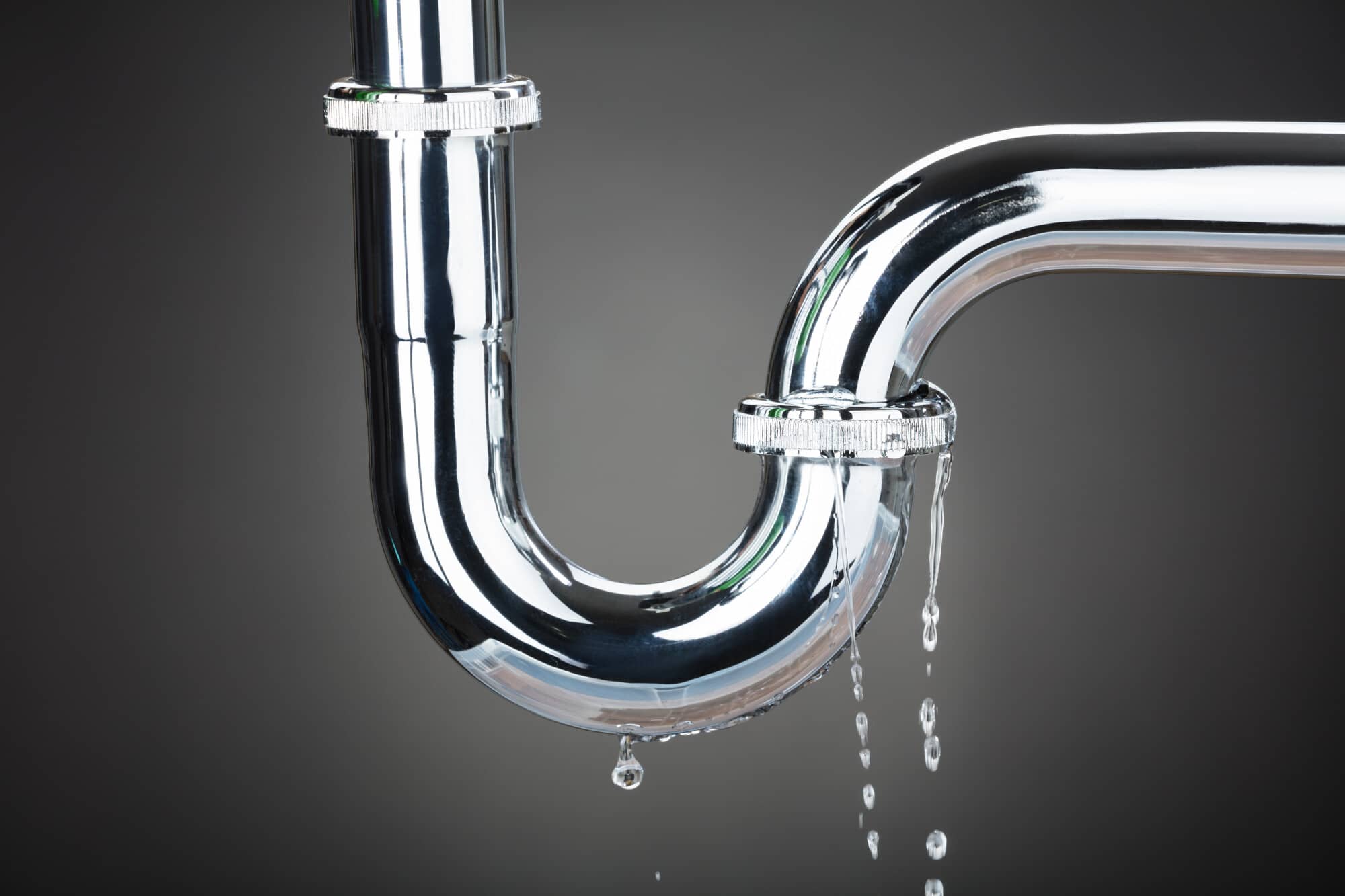Causes Leading to Water Harm in the Bathroom
Causes Leading to Water Harm in the Bathroom
Blog Article
Were you hunting for facts and techniques concerning How to Repair and Prevent Bathroom Water Damage??

Water damage usually takes place in the shower room due to the water made use of daily. Often, the damage could be a little mold from the shower. Various other times, it's enormous damages on your floor. Whatever it is, it is always excellent to understand the reason and also prevent it before it takes place.
This guide will certainly go through several of the typical sources of water damage in the restroom. We will additionally examine what you can do to prevent these reasons from harming your bathroom. Let's dive in.
These are the typical reasons you would certainly have water damage in your shower rooms and also how you can find them:
Excess Moisture
It's awesome to have that lengthy shower as well as dash water while you hem and haw and imitate you're carrying out, yet often these acts can create water damage to your restroom.
Splashing water around can cause water to visit edges and also form molds. Enjoy just how you spread excess moisture around, as well as when you do it, clean it up to prevent damage.
Fractures in your wall tiles
Washroom wall floor tiles have been particularly created for that objective. They protect the wall from wetness from individuals taking showers. However, they are not unbreakable.
Often, your restroom wall tiles crack as well as enable some moisture to permeate right into the wall surface. This could possibly ruin the wall if you do not take any activity. If you notice a split on your wall tiles, repair it quickly. Do not wait until it ruins your wall surface.
Overruning toilets as well as sinks
As human beings, sometimes we make errors that might trigger some water damage in the restroom. For instance, leaving your sink tap on could cause overflowing and damages to various other parts of the bathroom with wetness.
Likewise, a defective commode could cause overflowing. For example, a damaged commode take care of or various other parts of the tank. When this happens, it might harm the floor.
As soon as you notice an overflowing sink or bathroom, call a plumbing to help take care of it instantly.
Burst or Dripping Pipes
There are many pipelines bring water to different parts of your bathroom. Some pipelines take water to the commode, the sink, the faucets, the shower, and numerous other locations. They crisscross the small area of the washroom.
Once in a while, these pipes can get rusty and ruptured. Other times, human activity could create them to leak. When this takes place, you'll discover water in the edges of your washroom or on the wall.
To spot this, watch out for bubbling walls, molds, or mildew. Call an expert emergency plumbing technician to repair this when it happens.
Roof covering Leakages
Occasionally, the issue of water damage to the washroom might not come from the washroom. For example, a roofing system leak could cause damages to the shower room ceiling. You can spot the damage done by considering the water spots on the ceiling.
If you discover water spots on your ceiling, inspect the roof covering to see if it's damaged. Then, call a professional to aid fix the issue.
Verdict
Water damage to your shower room can be aggravating. Nonetheless, you can manage it if you stop a few of the causes stated in this guide. Call a specialist emergency situation plumbing technician if you observe any serious damage.
How to Prevent Water Damage in Your Bathroom?
Water damage repair is an expensive, meticulous, and lengthy process. Unfortunately, bathrooms are the most susceptible rooms to water damage due to toilets, showers, and sinks. Pipes and fixtures wear out over time and are not immune to damage. But all is not lost, as there are ways to prevent water damage from occurring in your bathroom.
Check Your Plumbing
Nothing lasts forever, especially pipes, which can rust and begin leaking over time. You should periodically conduct pipe inspections and pay attention for any musty smells or water stains that may indicate you need water damage repair. Here are some things to check:
Frequently test valves for your toilet, shower, and sink to ensure they are properly working. Check faucet supply lines hidden under vanities and replace when needed. Replace cracked or deteriorating caulking along sinks, tubs, and showers. If you notice a clog in your sink, call in a professional. Since you can’t check the pipes in the wall, keep an eye out for stains, drywall bubbling, musty smells, and excess moisture; if the bathroom is on a second level, check the ceiling of the room directly below for these signs. Don’t Overwork Your Toilet
One of the most common reasons bathrooms need water damage repair is due to overflowing toilets. Save yourself the hassle of cleanup by being mindful and not pushing your toilet to extreme limits. If you have young children, it is especially important to keep an eye on them when they are in the bathroom and to teach them how to avoid clogging the toilet. Here are some more tips to help prevent your toilet from overflowing:
If you have a septic tank, only use septic-safe toilet paper Do not flush anything down the toilet besides toilet paper; items like diapers and sanitary napkins will clog the piping Pay attention to your toilet’s water level: If it’s low, it could mean it is partially clogged or that there is a crack in the toilet bowl https://www.alure.com/home-improvements-blog/resources/how-to-prevent-water-damage-in-your-bathroom

As a serious person who reads on How to Repair and Prevent Bathroom Water Damage?, I assumed sharing that article was essential. Don't hesitate to take the time to promote this blog entry if you liked it. Thanks so much for going through it.
Source Report this page